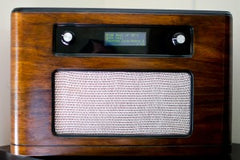When thrashing his deck down the hallways leonardor was curious as to his actual speed when doing so. And so with some simple Arduino-based hardware, a magnet and a reed sensor - the skateboard speedometer was born. It simply works by timing the period between revolutions of the wheel, and converting it into a speed which is then display on an LCD mounted into the skateboard. You can see it in action here:
When riding your own skateboard mounted with such a display, try keep your eyes on where you're going more than the LCD! Nevertheless, to get started you can find the circuitry, instructions and code here. A project like this really needs an tiny Arduino heart, and a perfect example is our Freetronics LeoStick - the Arduino-compatible with onboard USB, RGB LED and piezo (for speed alarms!)



















